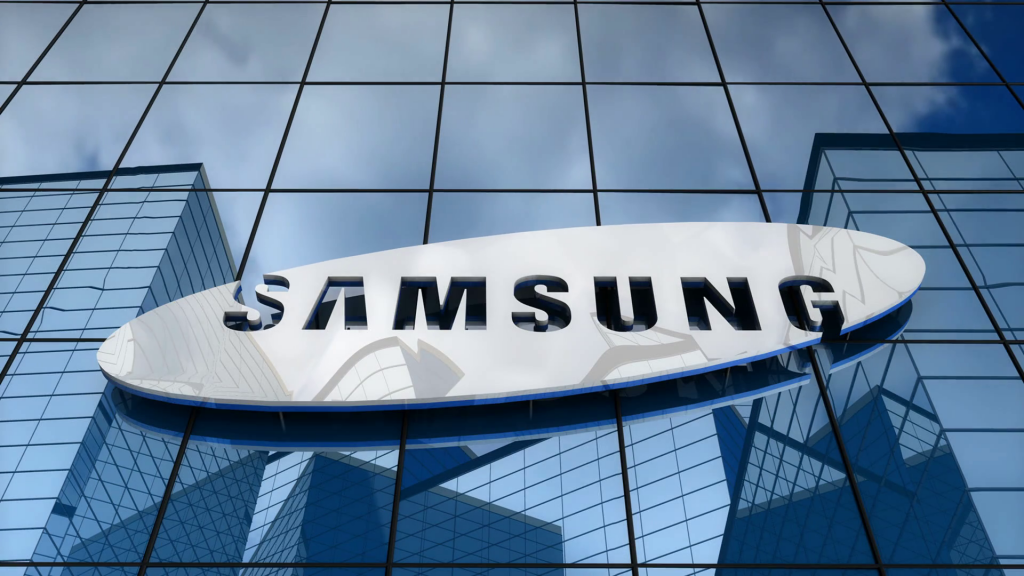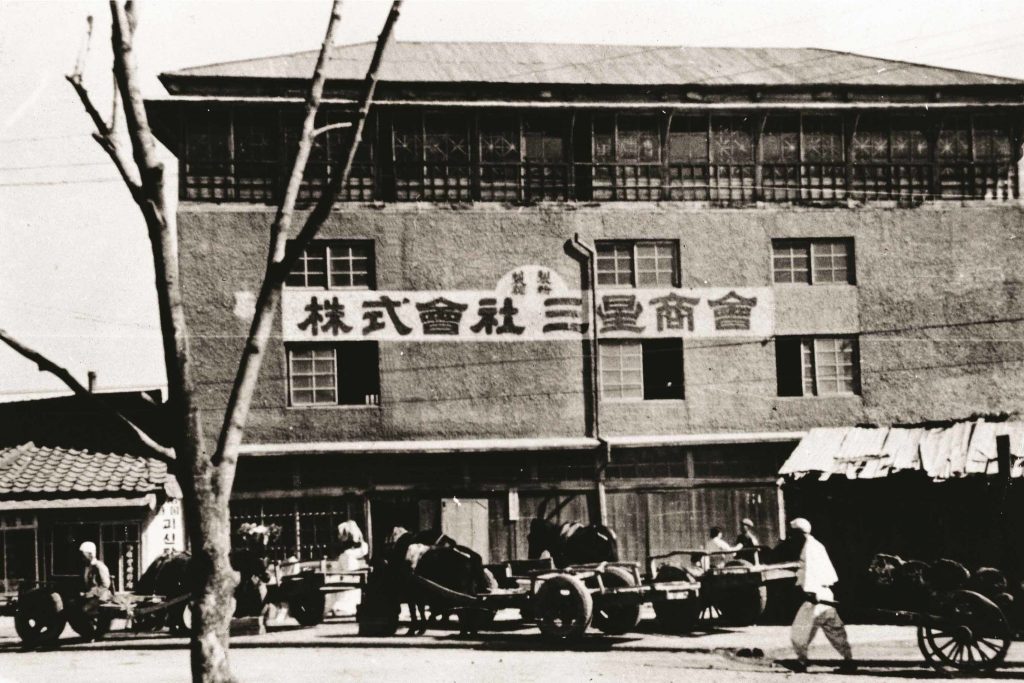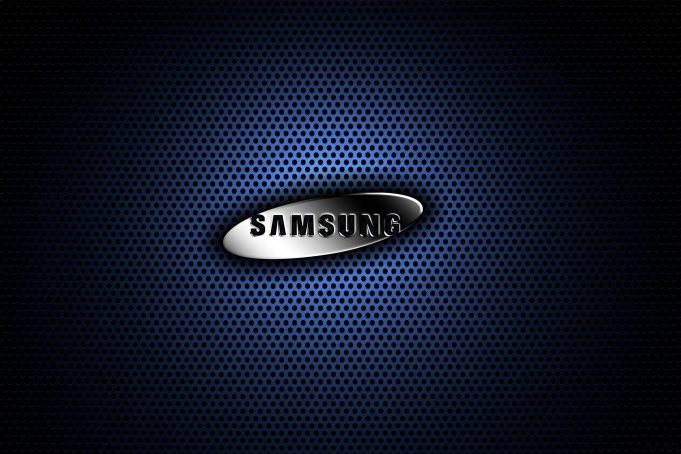South Korean business giant Samsung- widely recognized as the world’s largest seller of smartphones, is actually, much larger than its lineup of smart devices. Samsung with its numerous industrial subsidiaries is the single largest contributor to South Korea’s GDP. Samsung’s business offerings influence every important life decision of a common man in South Korea.
From getting quality healthcare; buying medicines; securing life insurance; studying in universities; staying in housing colonies to going for vacations- Samsung presence can be felt by one and all in South Korea. Samsung also has a number of industrial subsidiaries, which include Samsung Heavy Industries, Samsung Engineering and, of course, Samsung Electronics, among others.

History of Samsung’s business strategy is an interesting one. It not only helps up understand its past business strategies but also helps us predict a company’s future growth strategy initiatives.
Business Experimentation Strategy (the Year 1938- the Year 1960)
It is unbelievable to imagine, that a company with such influence had a very humble beginning. Samsung founded by Lee Byung-Chul in 1938 started its operations as a grocery store. Samsung had to abandon its grocery business within a couple of years due to tough competition. In 1940 it started manufacturing & selling Noodles.
After about a decade Samsung forswore its noodles business to start sugar manufacturing unit. After around four years, it again abandoned the sugar business to set up the woolen mill. Woolen mill business was also a short-lived experiment. In the year 1956, Samsung strategized to enter the lucrative Insurance & Security business. Having tested the waters for around four years, Samsung left the insurance & security business to set up a black & white TV manufacturing unit.

Finding Business Niche And Diversification Strategy (the Year 1960- the Year 1990)
Samsung had found its strategic niche in a TV manufacturing business. It continued building segmental and adjacent capabilities within the TV manufacturing business for the next 20 Years. In the year 1980, the company saw an immediate opportunity in telecommunication and switched its business to produce telephone switchboards.
During the same time, the company also started diversifying its business. In the year 1990, Samsung entered the real estate business and built the world’s tallest buildings including; Petronas tower Malaysia and Taipei 101 in Taiwan.

Consolidation And Globalisation Strategy (Year 1990-Present)
Challenged by a heavy recession in the year 1993, Samsung started the consolidation drive to downsize and merge complementary units. This consolidation helped Samsung to become a focused company. Samsung in the same year became the world’s largest manufacturer of memory chips.
In the year 1995, Samsung started focusing on liquid crystal display (LCD) and became the world’s largest producer of flat-screen televisions. By the year 2010, the LCD business was becoming very competitive. To achieve its next level of growth Samsung strategically chose the next logical growth segment and forayed into the smartphone market.
Future Growth Strategies
Currently, Samsung is the world’s largest mobile and smartphones producer. It holds double the market share of smartphones to its closest competitor (Apple). Samsung, in the last eight decades, has witnessed many competitive businesses dying due to disruption.
Smartphone business like any other business, in the long run, is also going to be disrupted by newer technologies. Having sensed the future, Samsung is already foraying into other promising industries – that will bring the next phase of growth for the company. Samsung has built significant capabilities in multiple businesses and its current strategy is to invest in clean energy, healthcare, and biotechnology to fund its next phase of growth.










